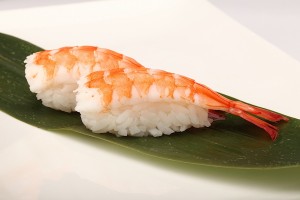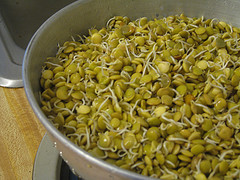The U.S. Centers for Disease Control and federal, state, and local public health partners are continuing surveillance to identify and interview additional ill persons and to identify sources of infection.
 Cyclospora cayetanensis is a single-celled parasite that causes an intestinal infection called cyclosporiasis.
Cyclospora cayetanensis is a single-celled parasite that causes an intestinal infection called cyclosporiasis.- As of August 26, 2014 (5pm EDT), CDC had been notified of 304 ill persons with confirmed Cyclospora infection in 2014; of these, 207 ill persons from the following states had no history of international travel within two weeks before onset of illness: Arkansas, California, Connecticut, Florida, Illinois, Maine, Maryland, Massachusetts, Michigan, Minnesota, Montana, Nebraska, Pennsylvania, New Jersey, New York (and New York City), Texas, Virginia, Wisconsin, and Washington.
◦ Most (133; 64%) of the cases were reported from Texas.
◦ Most (133; 64%) of the cases were reported in July 2014.
◦ Most (176; 85%) of the illness onset dates occurred in June and July.
◦ Among 183 persons with available information, 7 (4%) have reported being hospitalized. No deaths have been reported.
◦ Among 204 persons with available information, ill persons range in age from 3 to 88 years, with a median age of 49 years.
◦ Among 204 persons with available information, 115 (56%) of ill persons are female.
- To date, 133 ill persons with Cyclospora infection have been reported among Texas residents who did not travel outside of the country within the two weeks before becoming ill.
◦ Epidemiologic and traceback investigations conducted in Texas by state and local public health and regulatory officials and the FDA indicated that some illnesses among Texas residents were linked to fresh cilantro from Puebla, Mexico.
◦ Reported cases of cyclosporiasis in Texas have returned to baseline levels in August; therefore, it is likely that the outbreak has ended.
- Investigations are ongoing in other states.
◦ To date, there is no evidence to suggest that any illnesses outside of Texas are linked to cilantro from Puebla, Mexico.
- Consumers should continue to enjoy the health benefits of eating fresh fruits and vegetables as part of a well-balanced diet.
- Consumers and retailers should always follow safe produce handling recommendations.







